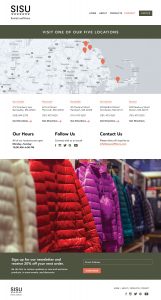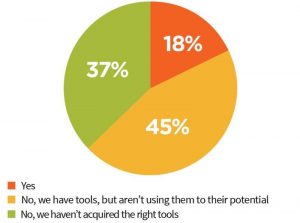Customized Messages And What Brands Need To Focus On
IgnitionOne, which once focused intently on search advertising and marketing, has spent the past few years analyzing data to determine its best use for brands. Now the company hopes its focus on real-time channels, from performance marketing to customer experience, will set it apart from others.
Websites and programmatic display are the two most important areas when it comes to personalization, said Christopher Hansen, IgnitionOne COO. “We haven’t abandoned search and email channels,” he said, explaining how the company partners with others to support them. “We think they’re important, but we don’t support them through our technology.”
The idea is to give marketers more control of their brand’s marketing and advertising strategies. For example, marketers don’t completely control their brand’s website. They impact the website and make decisions about the content and messages on the website. They don’t control the experience, Hansen said.
Data from Salesforce suggests 67% of marketers still don’t personalize messages based on the context.
Brands and retailers need to stop viewing personalization in terms of traditional demographics such as age and gender. Personalization must focus on the customer’s priorities and need for a product or service, not necessarily the history of their purchases.
IgnitionOne’s recently launched tool, Website Personalization, allows marketers to take some control when customers come to the website, looking at what people view in real-time and helping to determine which types of content to target.
This type of thinking is intended to help marketers drive more engagement through personalization and reduce cart abandonment, which can lead to the loss of hundreds of millions of dollars annually.
Through a data collection tag, the technology creates ways for consumers to interact with the brand on its website.
Loyalty can bring individual rewards. If someone responds to a brand’s loyalty program, the marketer may want to give the person a personalized promotion, a higher or lower percentage off the purchase of one item, because this is the first time they’ve purchased from the brand. Location, purchase history and other triggers all come into consideration.
Hansen believes real-time personalization will remain one of the more important engagement tools because of the data available through the brands.
The marketer’s website is the most important point of the customer journey, he said. The website creates an experience that connects all other media, such as search, social and display. Brands need to keep the unified message all the way through.
(67)
Report Post





